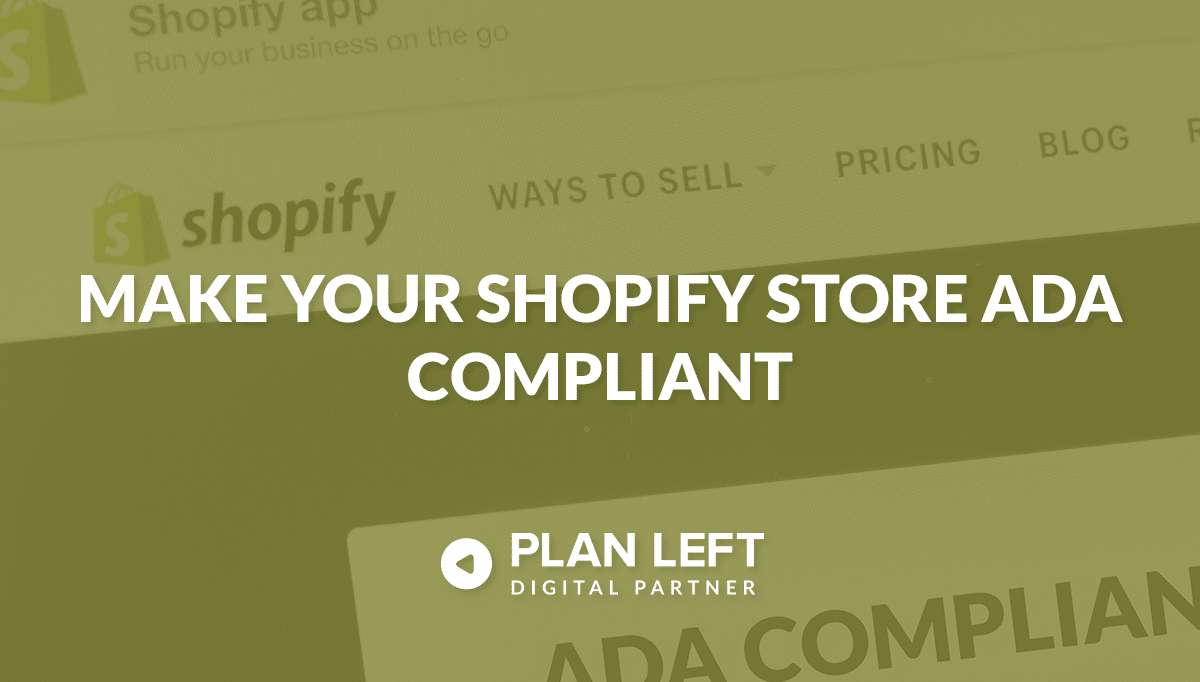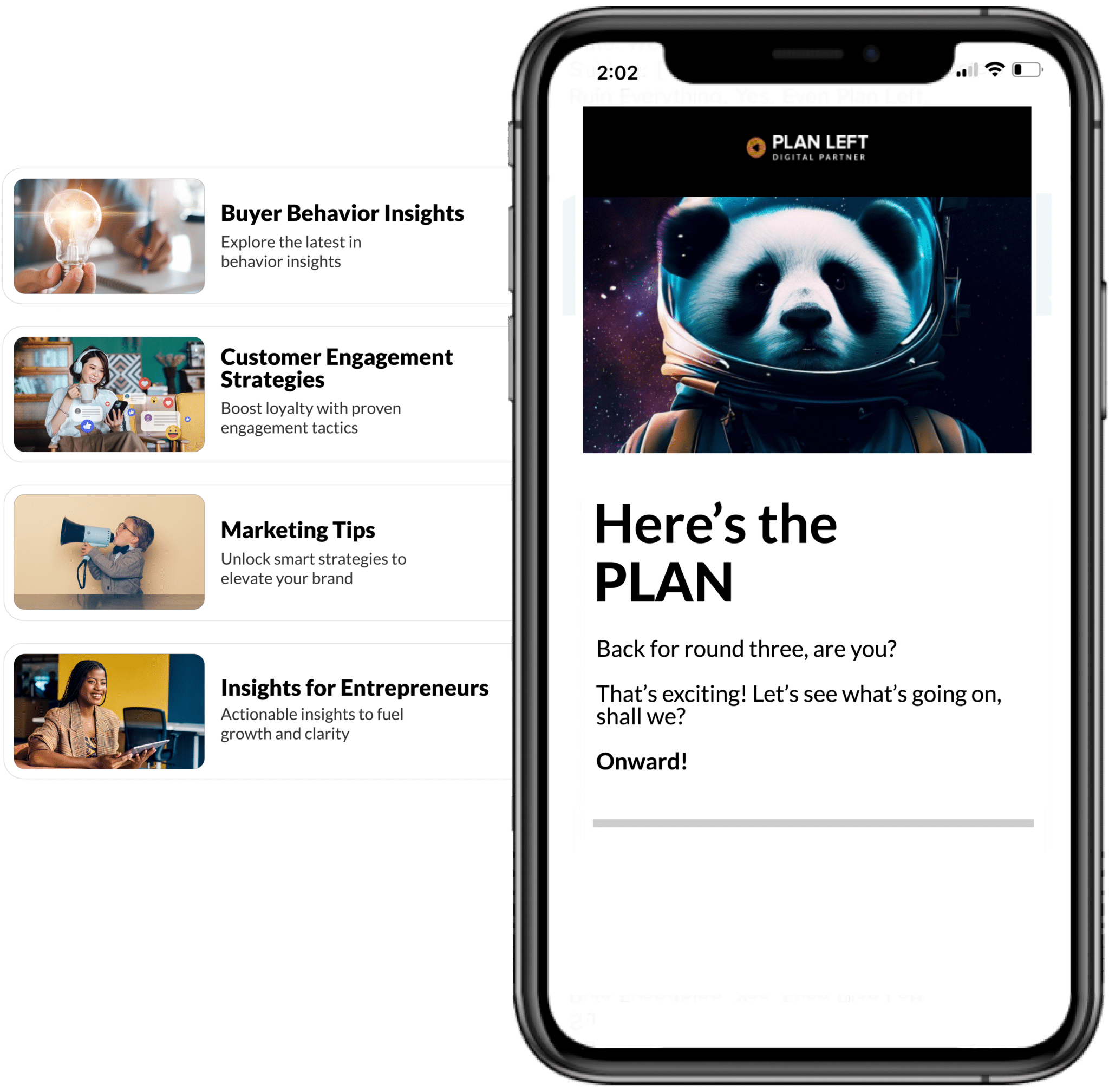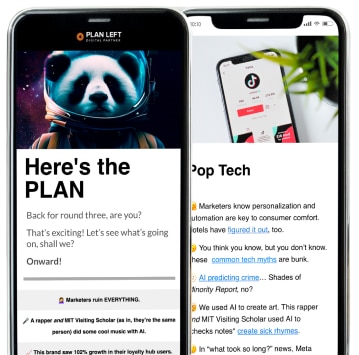
Ensuring that your Shopify store is ADA-compliant is not only a legal requirement but also a way to create an inclusive shopping experience for all users. With approximately 26% of adults in the U.S. living with some form of disability, accessibility is a critical consideration for e-commerce businesses. This guide will walk you through the fundamentals of ADA compliance, specific Shopify requirements, and actionable steps to implement accessibility features effectively.
E-commerce Accessibility Fundamentals
E-commerce websites have unique accessibility challenges due to their dynamic and interactive nature. Unlike static websites, online stores often include features like product filters, image galleries, and complex checkout processes that can create barriers for users with disabilities. Addressing these challenges ensures that all customers can navigate and interact with your store seamlessly.
Shopify provides a solid foundation for creating accessible stores, but achieving full ADA compliance requires proactive efforts from store owners. By adhering to Web Content Accessibility Guidelines (WCAG) 2.1 AA standards, you can ensure your store is perceivable, operable, understandable, and robust for all users.
Unique E-commerce Challenges
Dynamic content, interactive features, and multimedia elements can make e-commerce sites difficult to navigate for users relying on assistive technologies. The constant flow of new products, frequent inventory updates, and regular image changes create additional accessibility hurdles, requiring robust systems to maintain accurate alt text, product descriptions, and ARIA labels across rapidly changing content. These dynamic elements must remain accessible even as products go out of stock, seasonal items rotate, or promotional content shifts.
E-commerce sites face heightened scrutiny for ADA compliance due to their widespread public use and essential role in daily commerce, making them frequent targets for accessibility-related litigation. This elevated legal risk, combined with the technical challenges of maintaining accessibility across dynamic inventory systems, requires careful planning, consistent testing, and systematic approaches to ensure compatibility with screen readers, keyboard navigation, and other assistive tools.
Shopify Platform Capabilities
While Shopify offers accessibility-friendly themes and tools, it does not guarantee compliance out of the box. Store owners must enhance their sites by customizing themes, optimizing apps, and following best practices for accessible design.
For their part, Shopify is actively working on improving accessibility in their ecosystem, including new theme requirements and checkout compliance measures
Compliance Standards for Online Stores
ADA compliance in e-commerce aligns with WCAG 2.1 AA standards. These guidelines focus on ensuring websites are perceivable (e.g., alt text for images), operable (e.g., keyboard-friendly navigation), understandable (e.g., clear instructions), and robust (e.g., compatible with assistive technologies).
The WCAG conformance levels provide a framework for different degrees of accessibility:
- Level A (Essential) – The most basic level of accessibility, addressing critical barriers that must be removed to provide access for users with disabilities. This includes providing text alternatives for non-text content, ensuring keyboard accessibility, and avoiding content that could trigger seizures.
- Level AA (Standard) – The commonly targeted standard for most commercial websites, building upon Level A requirements. This level addresses broader accessibility needs, including sufficient color contrast, consistent navigation, and error identification. Most legal requirements and business standards reference Level AA compliance.
- Level AAA (Enhanced) – The highest level of accessibility, incorporating additional features that may not be achievable for all content types. This includes providing sign language interpretation for audio, extended audio descriptions for video, and supporting different reading levels. While aspirational, this level might be impractical to implement fully for e-commerce sites.
Following these standards not only ensures legal compliance but also creates a more inclusive shopping experience that benefits all users, regardless of their abilities or shopping context.
Product Page Accessibility
Product pages are the heart of any e-commerce site. Ensuring their accessibility allows all users to make informed purchasing decisions without barriers.
Product Image Accessibility
Images should include descriptive alternative text (alt text) so they are accessible to visually impaired users who rely on screen readers. This text should describe the image’s content clearly without unnecessary details.
Description and Variant Access
Product descriptions and variant options should be structured using semantic HTML to ensure they are accessible via screen readers and keyboard navigation. Dropdown menus or radio buttons for selecting variants must also be operable without a mouse. In many cases, these features may require custom development, since many website themes and plugins do not take these ADA features into account when they are built.
Price and Availability Information
Pricing details should be displayed in an accessible format, including visually hidden text for sale prices or discounts that screen readers can interpret. This ensures equal access to critical purchasing information.
Shopping Experience Optimization for ADA Compliance – Shopify
Creating an accessible shopping experience goes beyond product pages—it extends to navigation, cart management, and checkout processes.
Navigation and Search
Implement clear navigation menus that are easy to use with a keyboard or assistive technologies. Focus indicators should highlight active elements on the page to help users track their progress.
Cart Management
Interactive elements on cart pages, such as “Add to Cart” or “Remove Item” buttons, should be clearly labeled and fully operable via keyboard navigation. This ensures usability for customers with motor impairments.
Checkout Process Accessibility
The checkout process must include properly labeled form fields, descriptive error messages, and easily navigable payment options. Large buttons with sufficient color contrast improve usability for everyone. Running Plan Left’s Free One-Page ADA Scan on your default checkout screen can uncover hidden accessibility issues.
Dynamic Content Management
Dynamic content like product updates or user-generated reviews must be managed carefully to maintain accessibility.
Product Updates and Sales
Use ARIA (Accessible Rich Internet Applications) roles to notify screen readers of updates like flash sales or new product launches without disrupting the user experience.
User-Generated Content
Reviews and other user-generated content should follow proper heading structures and use readable fonts. Moderation tools should also support accessibility features to ensure inclusivity.
Real-time Feature Accessibility
Features like live chat or real-time inventory updates must be compatible with screen readers and operable via keyboard navigation. Test these functionalities thoroughly before deploying them on your site.
Testing and Maintenance
Accessibility is not a one-time task but an ongoing commitment that requires regular testing and updates.
Shopify-Specific Testing Tools
Leverage Shopify’s built-in accessibility checker along with third-party tools like axe DevTools or WAVE to identify potential issues in your store’s design or functionality.
Continuous Monitoring
Schedule regular audits—at least monthly—and re-test your site after major updates or redesigns to ensure continued compliance with evolving standards.
Update Management
Stay informed about changes in WCAG guidelines or Shopify’s platform capabilities that may impact your store’s compliance status. Implement necessary updates promptly to maintain an inclusive shopping environment.
Building an Inclusive E-commerce Future
Making your Shopify store ADA-compliant is about more than meeting legal obligations—it’s about fostering inclusivity while enhancing user experience for all shoppers. By addressing accessibility challenges across product pages, checkout processes, dynamic content management, and app integrations, you protect your business from legal risks while unlocking new growth opportunities.
Accessibility requires ongoing effort—regular testing, updates, staff training, and customer feedback are essential components of maintaining compliance in a rapidly evolving digital landscape. By prioritizing inclusivity today, you position your brand as a leader in accessible e-commerce tomorrow.
Explore Latest Posts
The constant tug-of-war between strategic vision and operational demands defines the modern CEO experience. While your company's future depends on ... read more
December 4, 2025
Your revolutionary product could change industries, but if you can't explain it clearly, it might never reach the people who ... read more
December 2, 2025
The war for tech talent has never been more intense. While established giants throw around seven-figure compensation packages and startups ... read more
November 27, 2025
Essential Strategies for Entrepreneurs
Get Actionable Business Insights & Marketing Tips
Our newsletter delivers real-world strategies from entrepreneurs who’ve been exactly where you are.
Sign up now for:
- Actionable growth strategies that work
- Insider tactics for attracting top talent
- Real-world case studies from successful founders
- Emerging tech trends that drive innovation
- Pragmatic marketing approaches for visionary leaders




